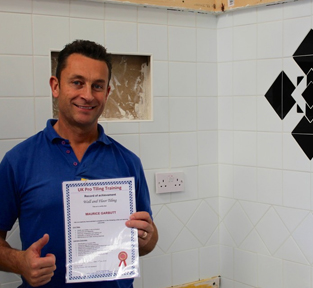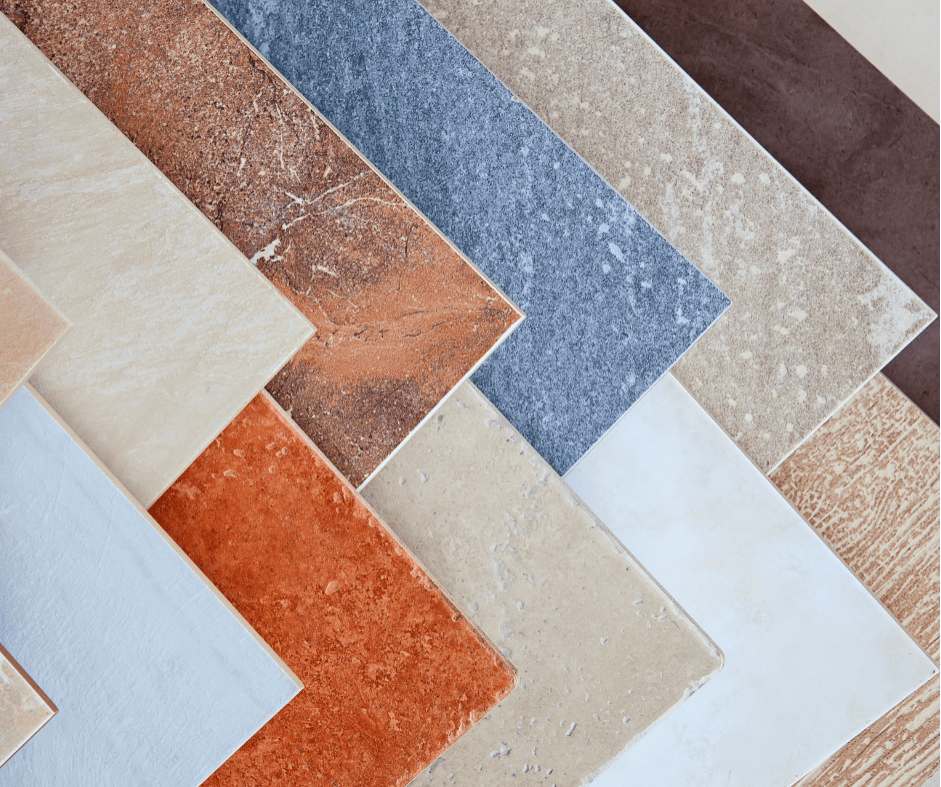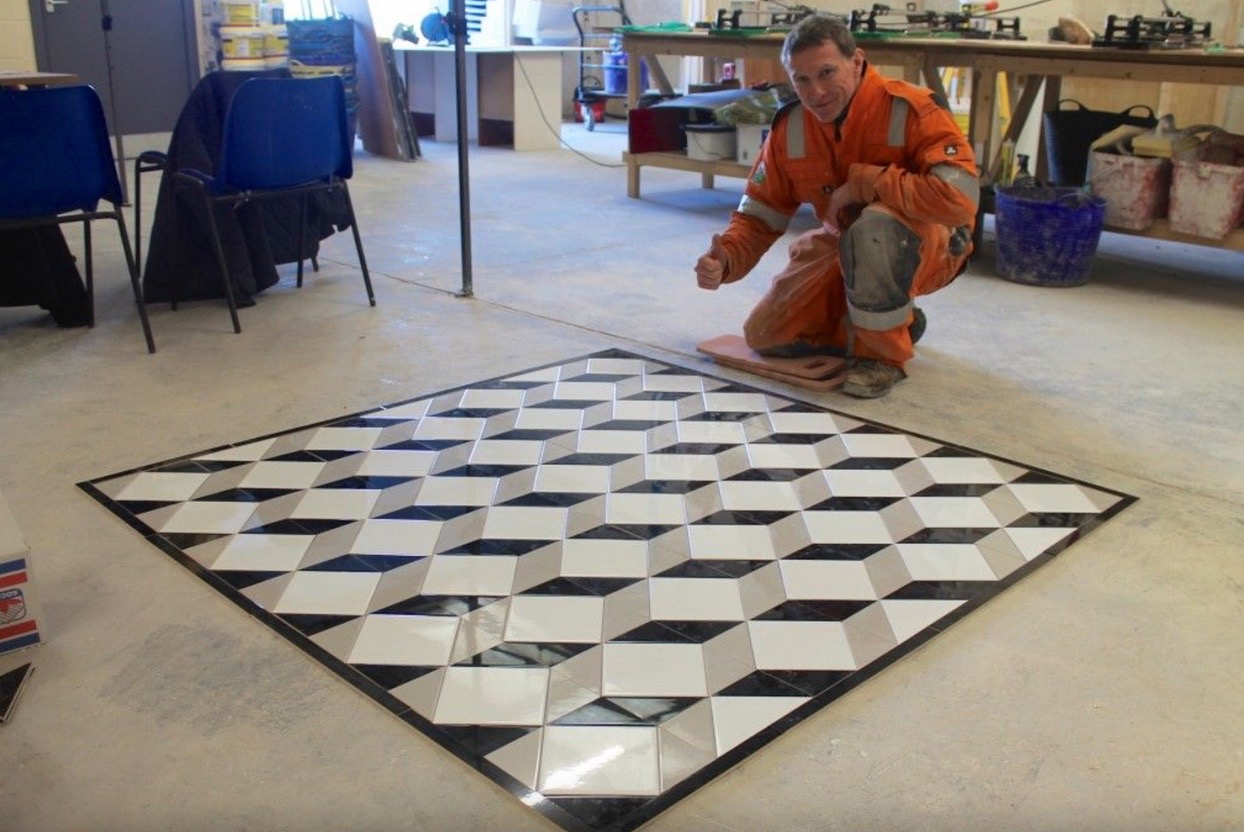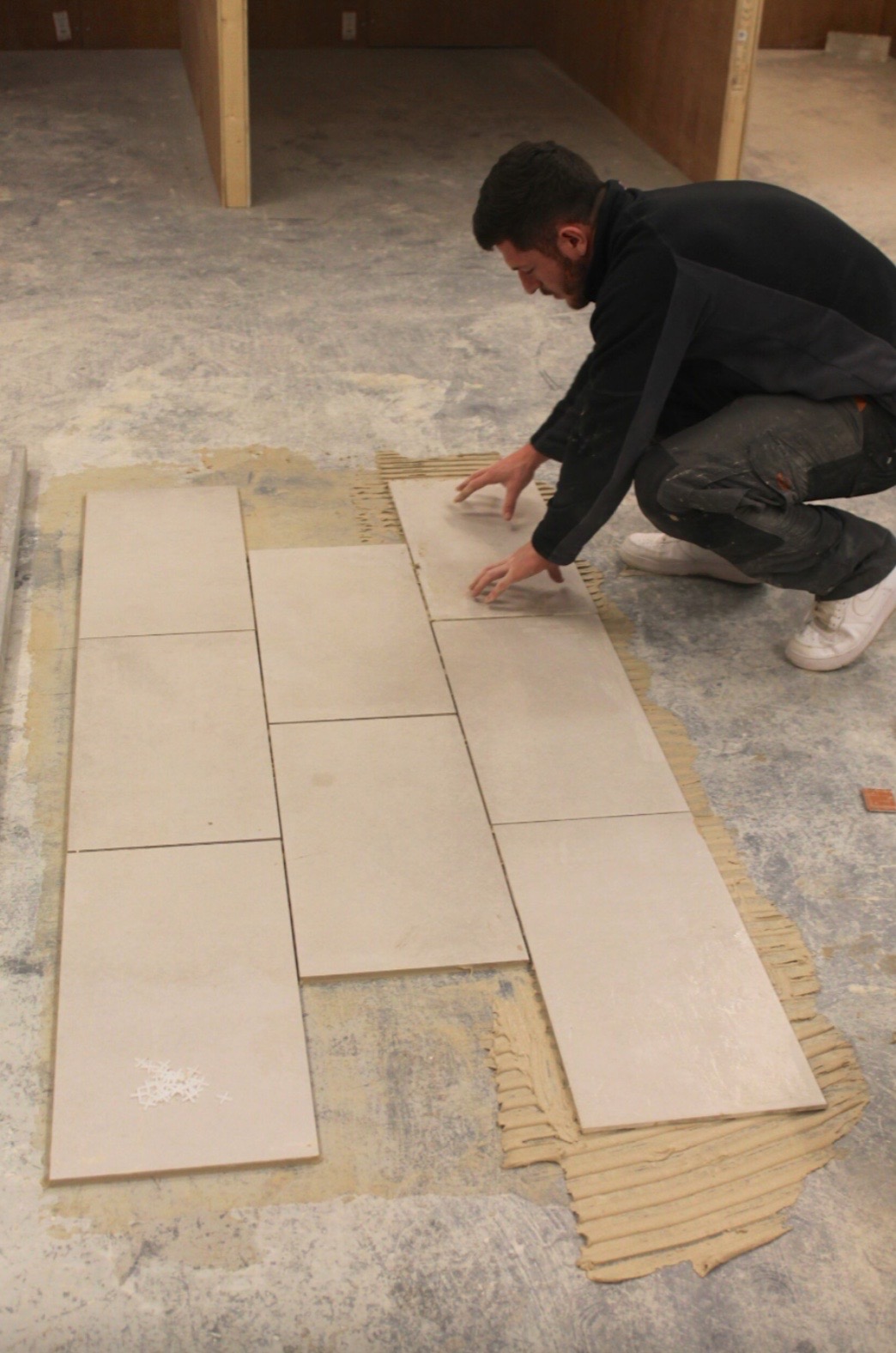How do you mix grout?
Grout is an essential element of any tiling project and how the grouting part of a project is completed makes an overall difference to the end result.
After all, you can purchase the best tiles and apply them evenly, and then ruin the overall look with a poor grout application.

Follow these steps on how to mix grout for a superior tiling project:
Choose your grout wisely
There are four different types of grout available for ceramic tiles and you should choose the one most suited to your particular project.
The main types of grout are:
- Fine sanded grout
- Unsanded grout
- Epoxy grout
- Quarry type grout
Fine sanded grout tends to be suitable for applying to wider spaces between tiles (between 1/8 and 3/8 inch wide), while unsanded grout is better for narrower gaps between tiles. Unsanded grout is suitable for gaps that are less than 1/8 inch wide and smaller.
Quarry type grout contains a courser type of sand and is best for tile joints between 3/8 to ½ inch wide.
For larger spaces between tiles, particularly when working with polished stone, an epoxy grout is probably the best grout type. Epoxy grout is highly resilient to stains and chemicals, and is ideal for surfaces like kitchen counters.
Epoxy grout features an epoxy resin and hardener, and can be more difficult to work with than other grout types.
Mixing the grout
If the grout you have bought doesn’t feature a polymer grout additive, then you may want to consider adding one before the mix is applied. Adding such an additive can help with the grout’s durability.
Read the instructions
Below is a general guideline for cement grout, however, it is always highly necessary to read the product information carefully before working with the grout.
Epoxy grout is slightly different so please do read the information on your grout packaging as carefully as possible.
Materials you will need
Make sure you collect the following items and have them accessible and handy for the whole of the project.
- Gloves
- Empty bucket
- Sponge
- Container of water
- Pointer trowel
- Margin trowel
- Mixer paddle drill (if you have one)
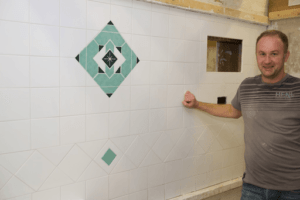
Here are the steps on how to mix the grout:
- Place the amount of grout powder you require in the bucket. The amount of powder you need for the space you are covering should be clear on the packaging.
- Add ¾ of the total amount of water needed for the area you”re working on.
- Use a trowel or the mixing drill to stir the grout.
- Stir the grout mixture into a thick paste that contains no dry lumps, it may help to tilt the bucket towards you and frequently scrape the sides. Take care not to create too many air bubbles.
- Use the sponge to drip in extra water, take care to get an accurate consistency (not too watery).
- Leave the grout for 5 to 10 minutes to strengthen and then give it a stir before applying.
- Use a grout float to apply the grout.
- Clean with sponge and fresh water
- You should make sure you use the grout immediately as most grout sets in around 60-90 minutes. If you are tiling a particularly large area, you may want to make half the grout at a time.
More advice on how to mix grout from UK Pro Tiling Training
 Should you require any further information on how to mix grout, then feel free to contact us at UK Pro Tiling Training.
